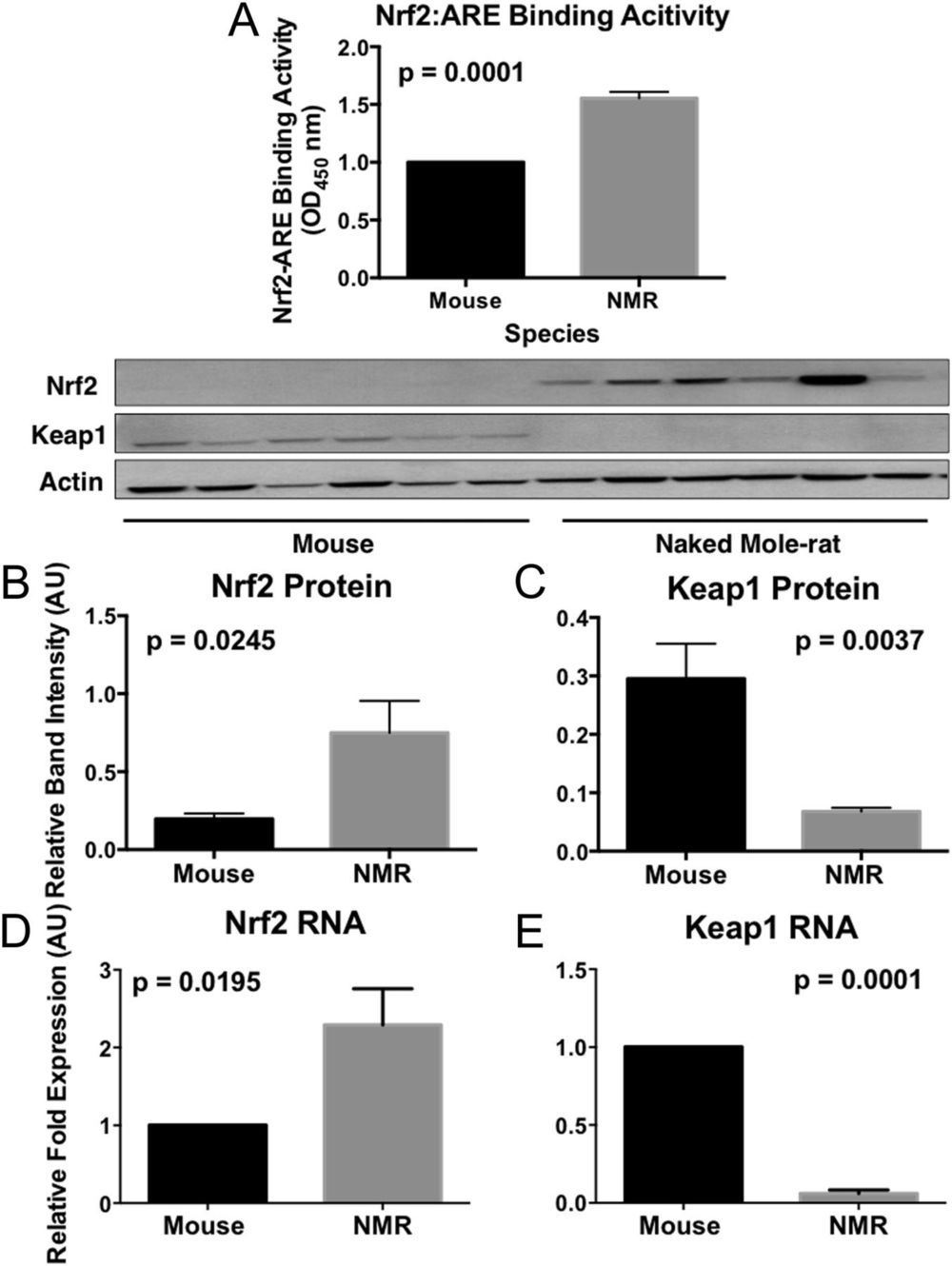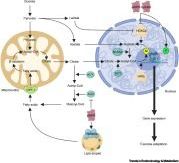Watch the worldwide reveal of brand new game footage from Cyberpunk 2077!
This video contains work-in-progress gameplay — everything you see is potentially subject to change.
Cyberpunk 2077, the open-world, action-adventure story from CD PROJEKT RED, is coming to Xbox One, PS4 and PC April 16th, 2020.
Pre-order now: https://www.cyberpunk.net/pre-order
About Cyberpunk 2077:
In the most dangerous megacity of the future, the real you is not enough. Become V, a cyber-enhanced mercenary outlaw going after a one-of-a-kind implant — the key to immortality. Customize your cyberware and skillset, and explore a vast city of the future obsessed with power, glamour and body modification. The choices you make will determine the story and shape the world around you.



